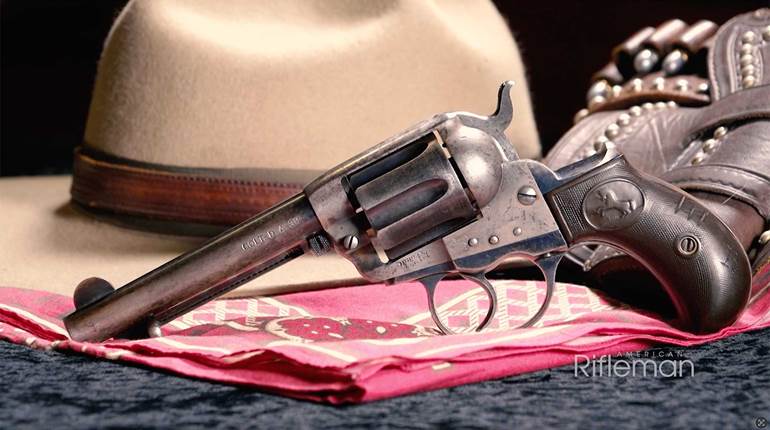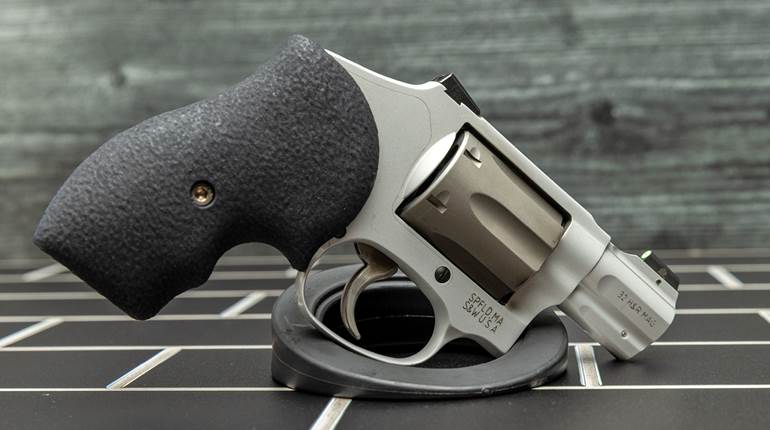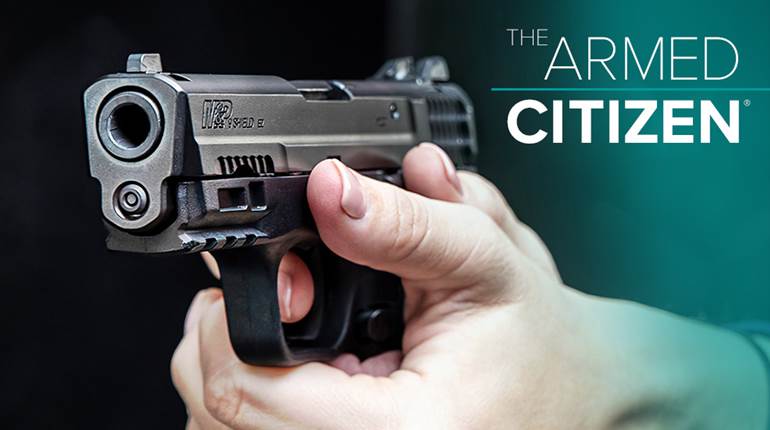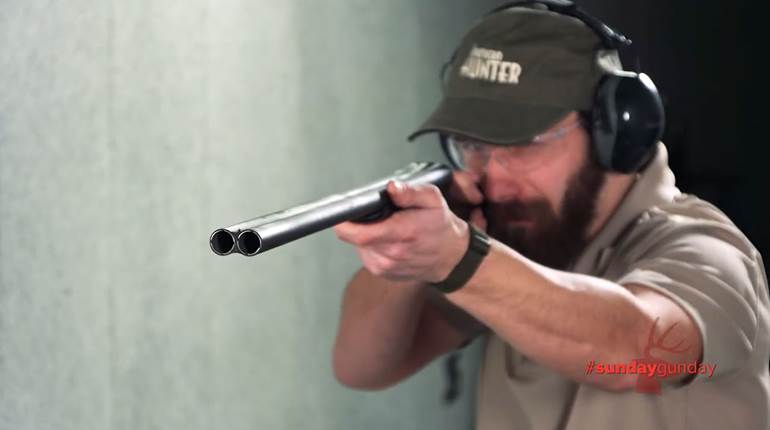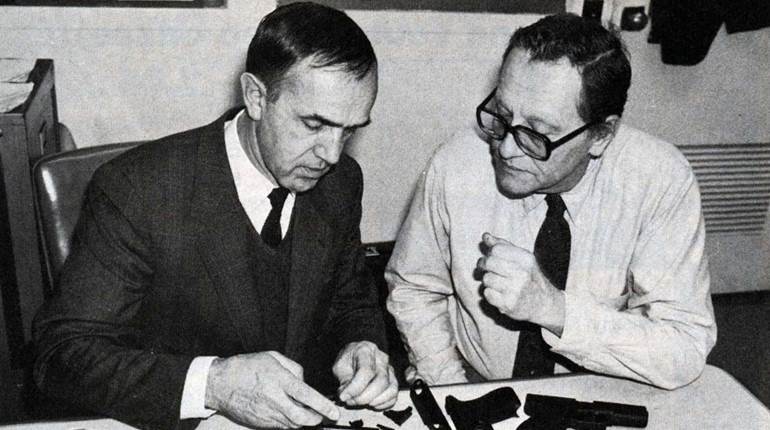One of the most popular handguns ever made by Remington, the Model 95, emerged just after the Civil War. Chambered for a .41 Rimfire cartridge, this two-shot derringer was a popular option for personal defense in the late 19th and early 20th century. Watch our "American Rifleman Television" I Have This Old Gun segment above to see the famous "Double Derringer" in use on the range.
" Technically, it's called the Remington Model 95, but it's been known as the 'Elliot Pistol' or the 'Double Derringer,' since its inception in 1866. And it's probably one of the pistols that when you say the word 'derringer,' this is the pistol that comes to mind," NRA Museum Director Phil Schreier said. "I hate to overuse the word, but it's an iconic pistol of the cowboy and Old West era."

Production on what became known as the Double Derringer began in 1866, based on a patent from William Elliot. A pair of superimposed barrels measuring 3" in length was connected to a single-action frame that contained an exposed hammer spur, as well as a small trigger without the protection of a trigger guard.
"It had a rotary mechanism inside the frame so that it automatically would swap between the upper barrel and the lower barrel every time you cocked the hammer," American Rifleman Executive Editor Evan Brune said. "So you could get your two shots off quickly. And that became the salient selling point for the Model 95 was the fact that you could get your two shots off quick in an era when most guns of this type only had one shot."
In a production run that spanned more than 70 years, more than 150,000 were built. The first Model 95s built had no provision for an extractor, but after more than 1,500 had been made, a small, manually operated, sliding extractor was added to the left side of the barrels, allowing users to push spent cartridges out of the chambers for a reload.

" If the gun had any drawback, it had kind of a very fragile hinge on the top, so you see lots of these little guns that if they've been fired or badly handled with broken hinges," American Rifleman Field Editor Garry James said. "And you see them with repaired hinges or cracked hinges. So you have to be very, very careful. If you're purchasing one of these guns for your collection, make sure that the hinge hasn't been broken or otherwise altered or repaired."
Its .41 Rimfire chambering was potent for the time, carrying a 130-grain lead bullet propelled by 13 grains of blackpowder. Ultimately, the Model 95 derringer was made in several variations before production ended in 1935.
"It's kind of fun because they were serial-numbered for a while. And then they decided, 'Well, we'll just go ahead and number them in batches,'" James said. "So I can't tell you how many people have written me and said, 'I've got Remington Double Derringer Serial Number One.' And I have to tell them, 'Well, there's probably several hundred of Serial Number Ones.'"
To watch complete segments of past episodes of American Rifleman TV, go to americanrifleman.org/artv. For all-new episodes of ARTV, tune in Wednesday nights to Outdoor Channel 8:30 p.m. and 11:30 p.m. EST.


